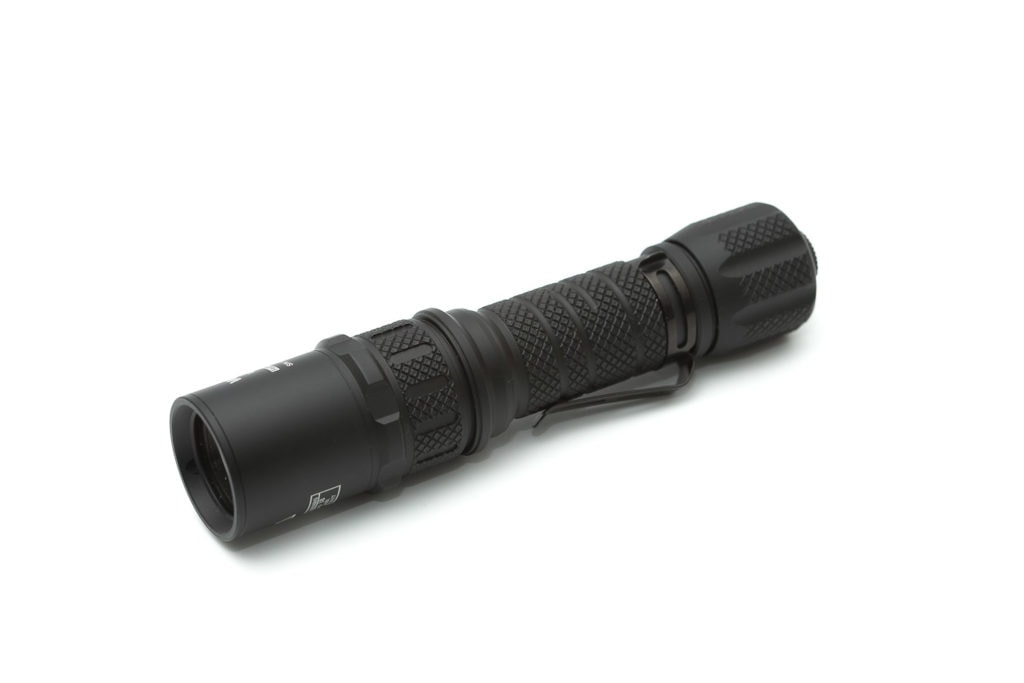Weltool W3 PRO review
| Brand / Model | Weltool W3 PRO |
|---|---|
| LEP | Class IIIb |
| Lumens | 505 |
| Beam intensity | 363.375 cd |
| Battery config. | 1*21700 |
| Material | Aluminum |
| Modes | 2 |
| Blinkies | – |
| Reflector | – |
| Waterproof | IP67 |
| Review date | July 2020 |
Introduction:
Back in 2018, Weltool announced the 1st generation LEP flashlights with the Weltool W3. 2 years later, they came out with the Weltool W3 PRO, still called the “Featherless Arrow” but beating the 1st generation big time.
Although I was mostly interested in the Weltool W4, I couldn’t resist ordering the W3 PRO as well. After a few weeks of waiting, they finally arrived and were ready to be put to the test.
WARNING: LEP flashlights have an extremely intense hotspot that can cause eye damage. Use with caution. Only by adults.
What you’ll get:
The package itself isn’t very interesting to talk about. It looks good and of high quality.
- Flashlight: Weltool W3 PRO flashlight
- Rechargeable battery: Weltool 21700 UB21-50 (5000 mAh)
- USB-C charge cable
- O-ring
- Safety cover
- Stainless steel pocket clip
- O-rings
- Safety card
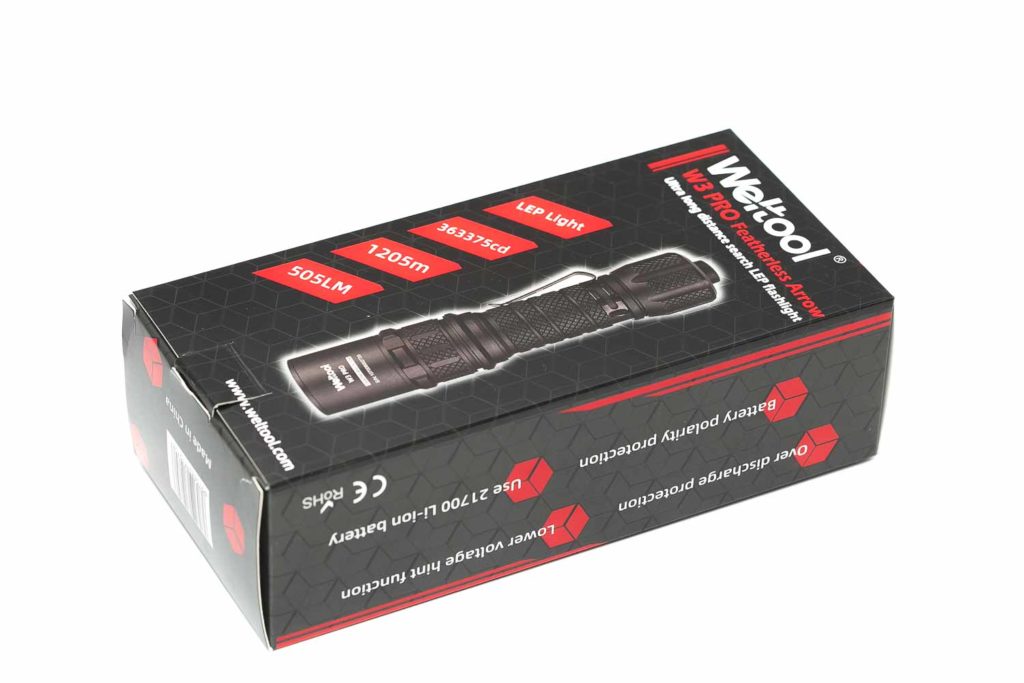
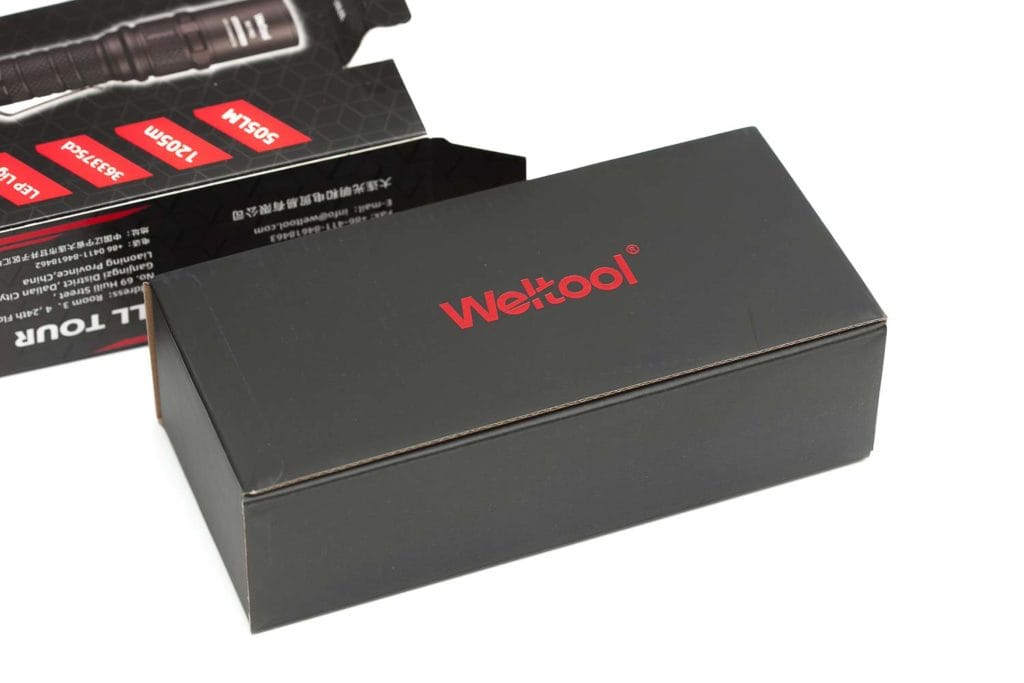
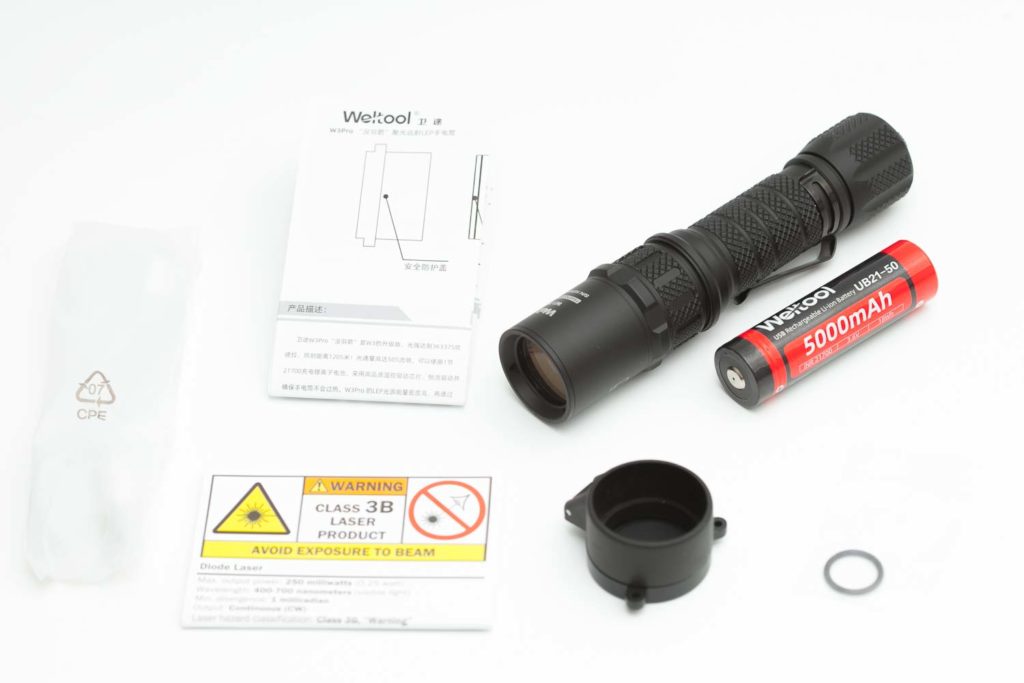
Handling of the light
The Weltool W3 PRO must have 1 of the most grippy machining I have ever encountered. The knurling is really rough but in a positive manner. The tail cap is large and is very easy to unscrew. The diameter of the body, as well as the tailcap, are relatively wide. Especially the tailcap is wider than you normally expect.
The W3pro has only 1 switch. It’s a mechanical forward-clicky switch. Since it’s protruding, you can’t let the W3 PRO tailstand.
In case you prefer an ever shorter W3 PRO, you can buy the Weltool BB1 (short body tube). I personally don’t like most of the shorties that are available. Compared to the full-length option, they look awkward most of the time.
The pocket clip is removable, but I haven’t done that yet. Removing pocket clips usually end up in some scuffs or in the worst-case scenario: scratches.
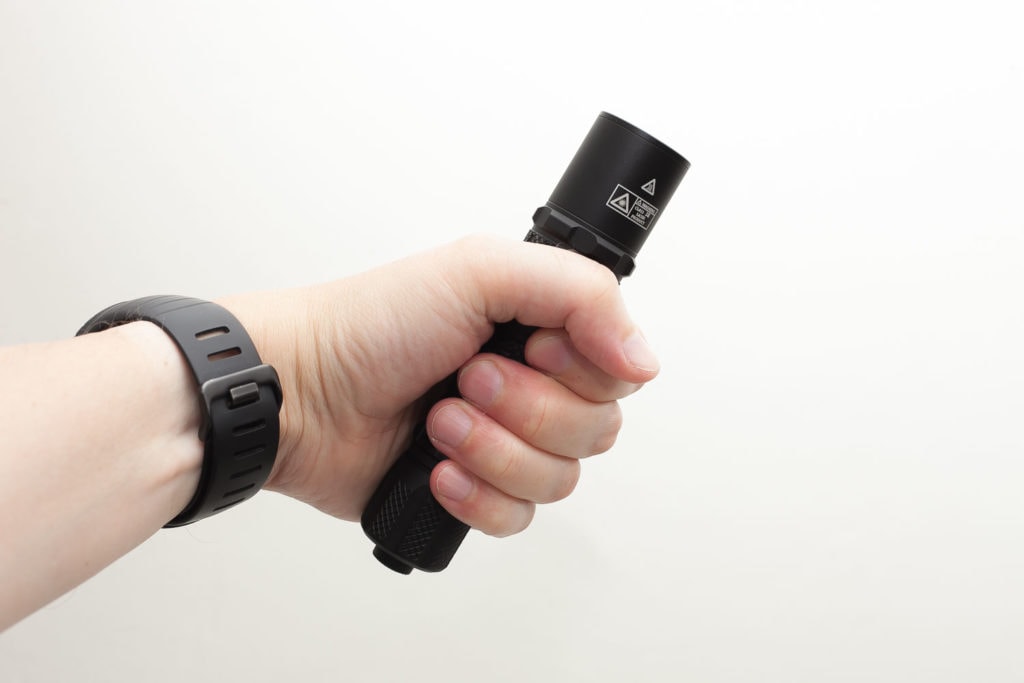
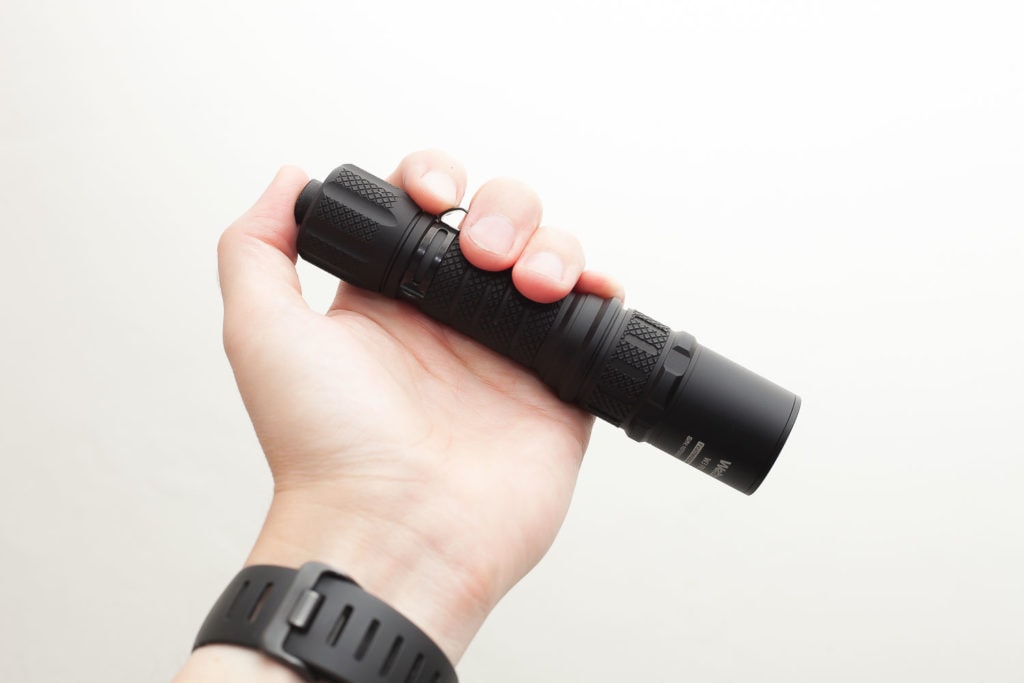
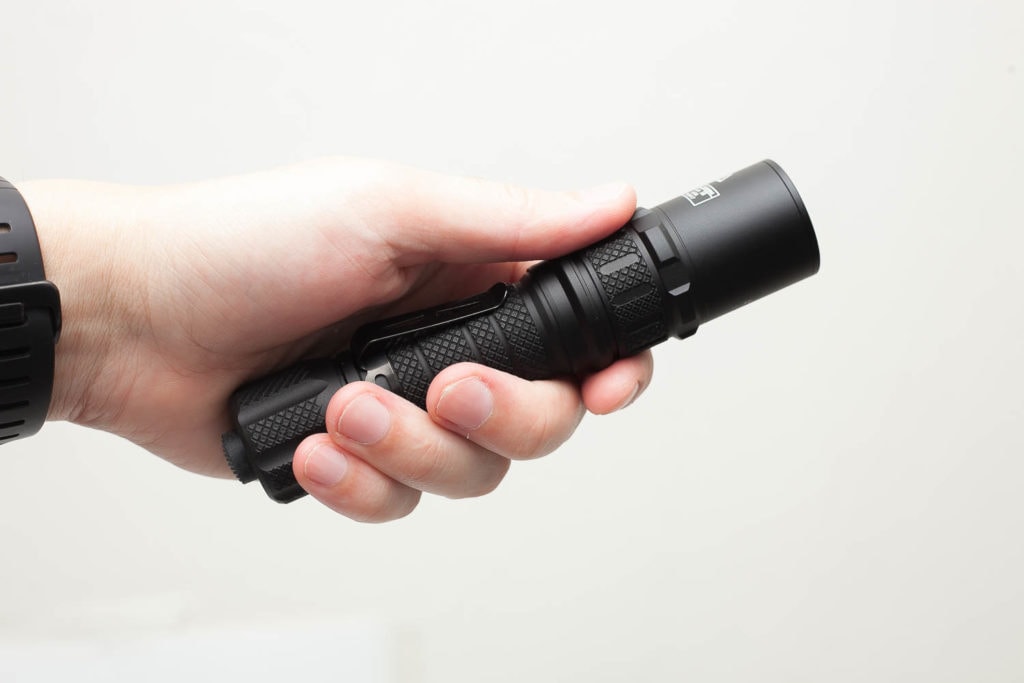
Build quality, knurling, threads, and anodization
Once you see the knurling on a Weltool flashlight, you will recognize it every time. Weltool uses a special kind of knurling with lines in it. Just check out the pictures below to understand what I mean.
The build quality is just top-notch. There is knurling on the tailcap, body as well as on the head. And the style of machining makes this one of the most ‘grippy’ flashlights I have ever had. The tailcap is quite a bit larger in diameter than the body tube. I must admit that with this style of design, it feels like it fits. If the body and knurling weren’t so aggressive, I wouldn’t have liked this size of the tail cap.
One thing I noticed with the W3 PRO as well as with the W4 is the following; when you try to unscrew the tailcap, you sometimes accidentally unscrew the head from the body. This is probably the reason why there is almost (or zero) lubrication on the o-ring towards the head. The threads on that side of the tube are bare aluminum. Even if you unscrew those threads slightly, the light continues to work. When unscrewing the tailcap, you better hold on to the battery tube instead of the head. I noticed that when you tighten the battery tube and the head tightly, this problem is solved only if you don’t tighten the tailcap too much either.
The anodization on the W3 PRO is beautiful. It has a matte-type finish that gives it a ‘higher class’ look. The built quality of all the Weltool flashlights I own is top-notch.
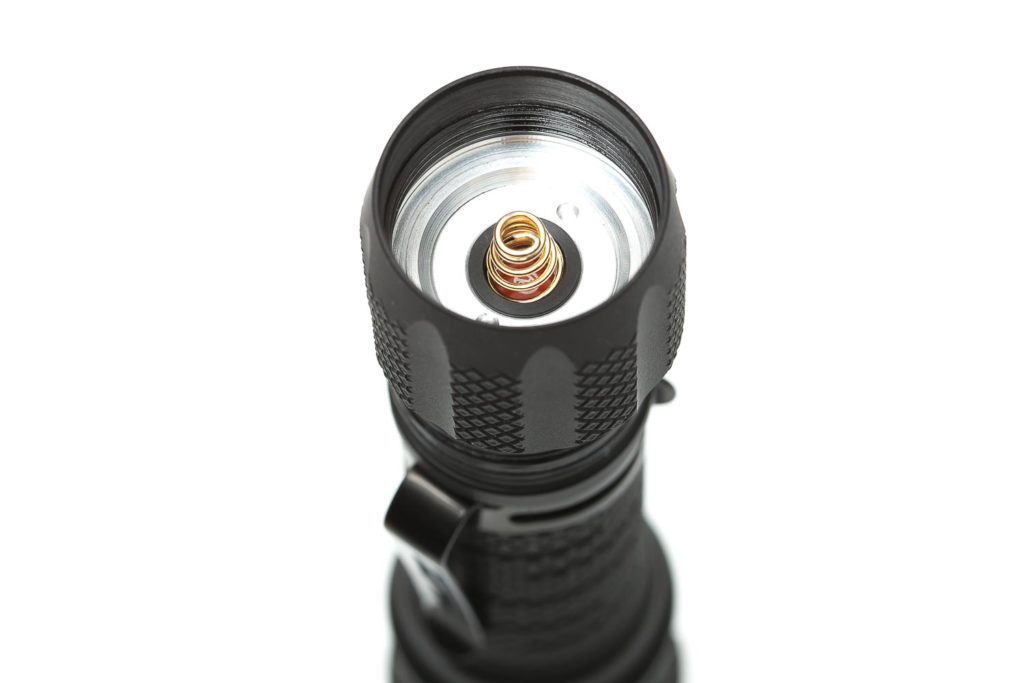
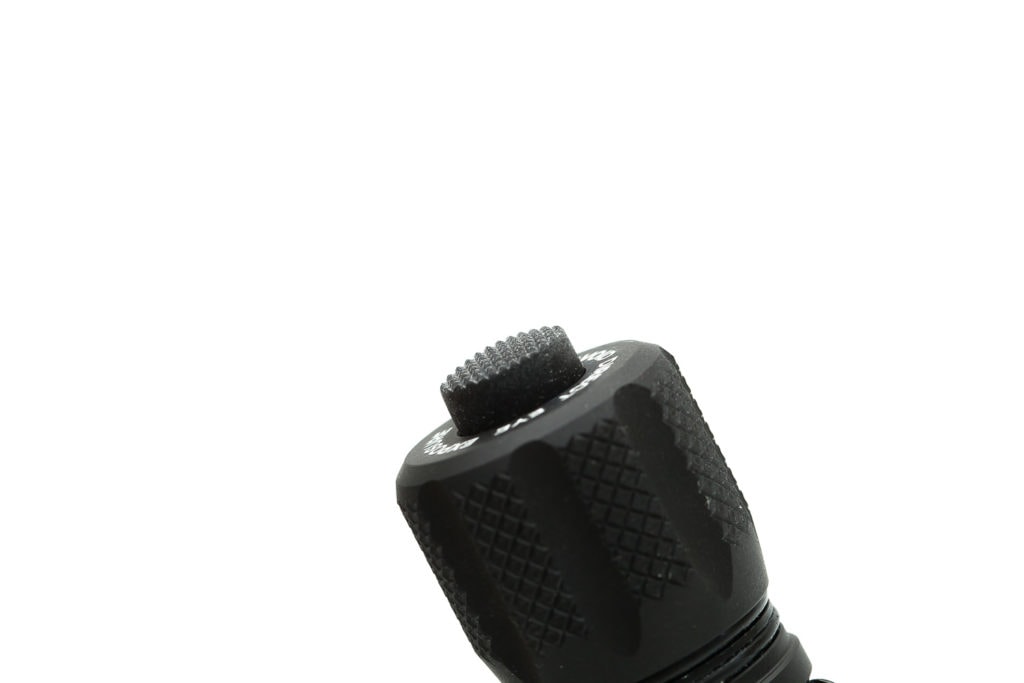
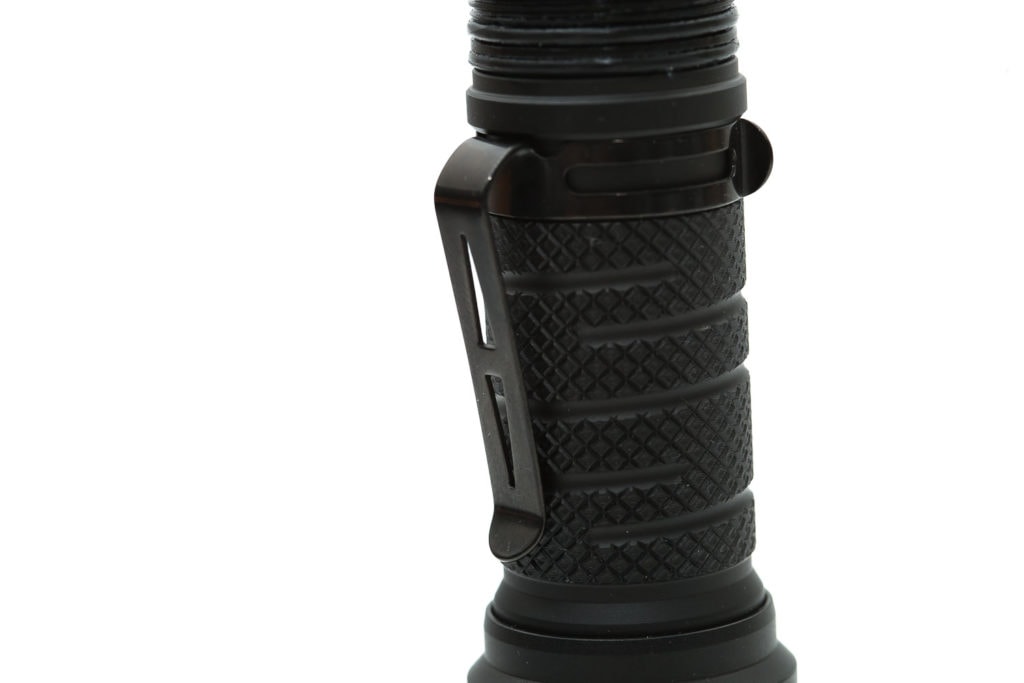
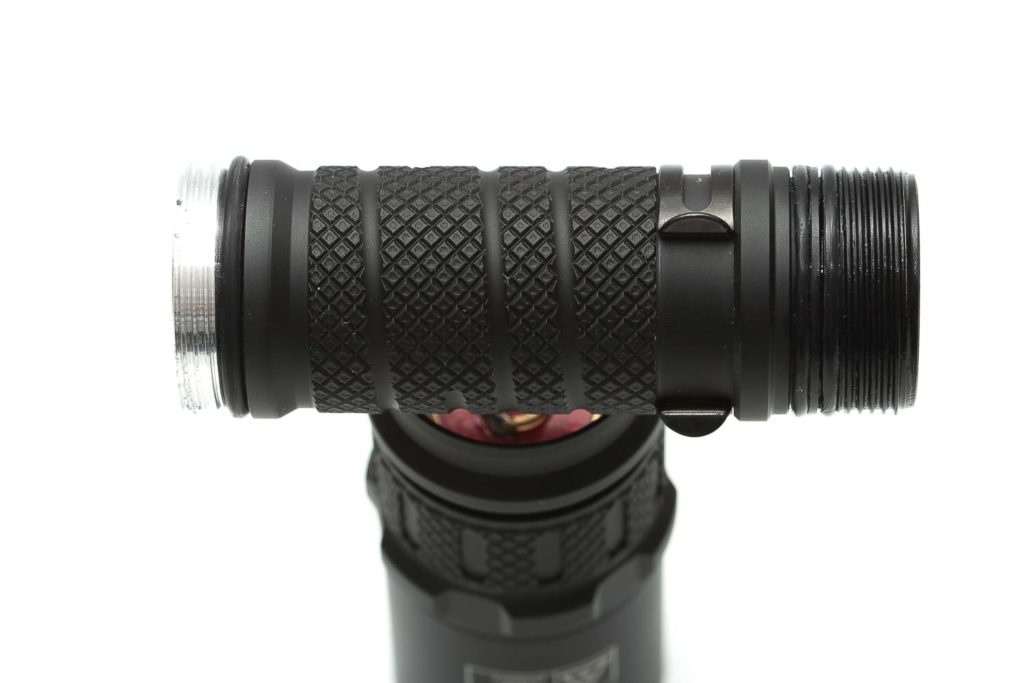
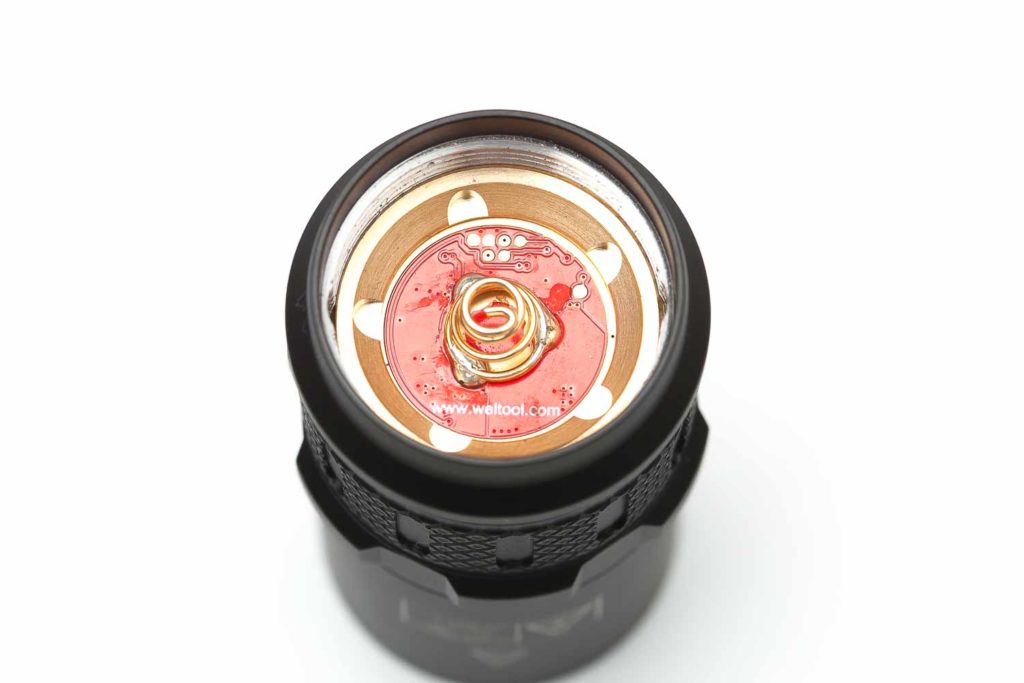
LEP, Lens, Bezel, and Reflector
Since we are reviewing a white laser flashlight and not an LED flashlight, I can’t really show any pictures on the inside. It’s impossible to unscrew the bezel by hand so I guess it’s glued.
There is no reflector built into LEP flashlights so no comments on that. And according to the manual, it has a tempered glass lens. I’m not sure if it looks like all LEP flashlights have darker lenses or that it’s simply because of the lack of a shiny reflector. It could possibly be the latter.
When you open the package you encounter a large warning sign. Weltool includes a Laser Safety paper that explains all the ins and outs of laser safety.
Here are some of the things it mentions:
- Max. output power: 250 milliwatts (0.25 watt)
- Wavelength: 400-700 nanometers (visible light)
- Min. divergence: 1 milliradian
- Output: Continuous (CW)
- Laser hazard classification: Class 3B “Warning”
The Weltool W3 PRO comes with a lens protector. This is a nice accessory to have. It will protect the head, bezel, and glass lens.
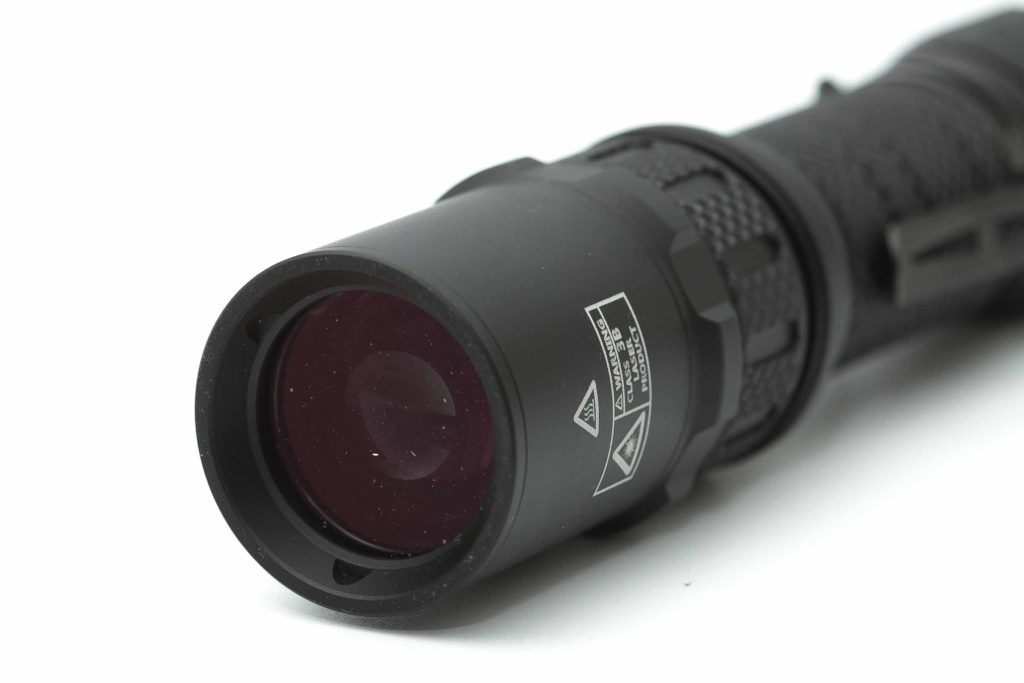
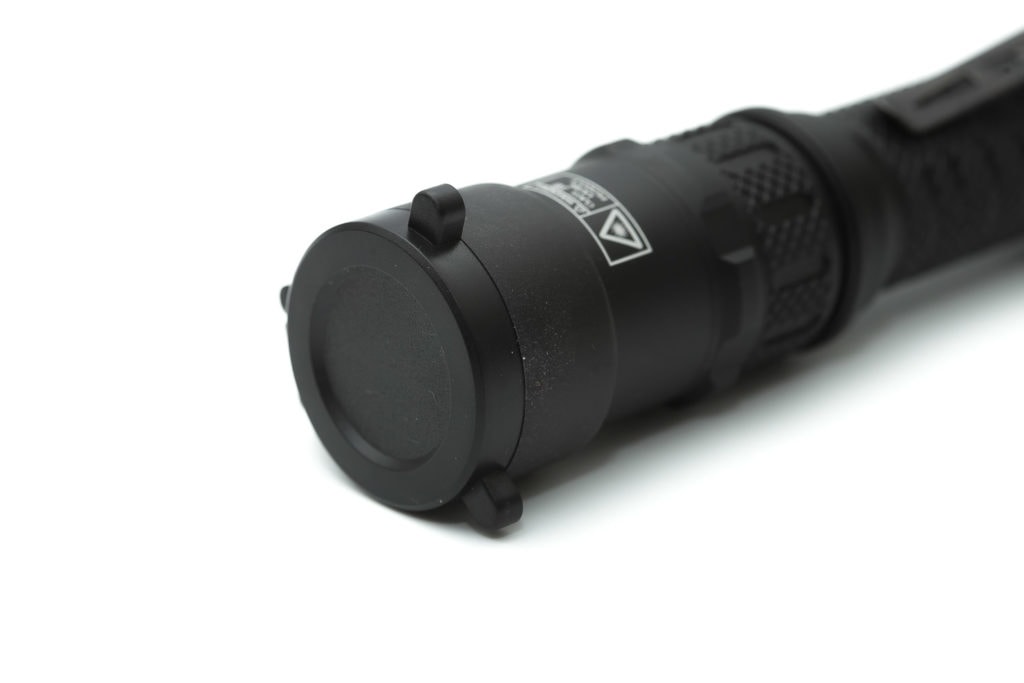
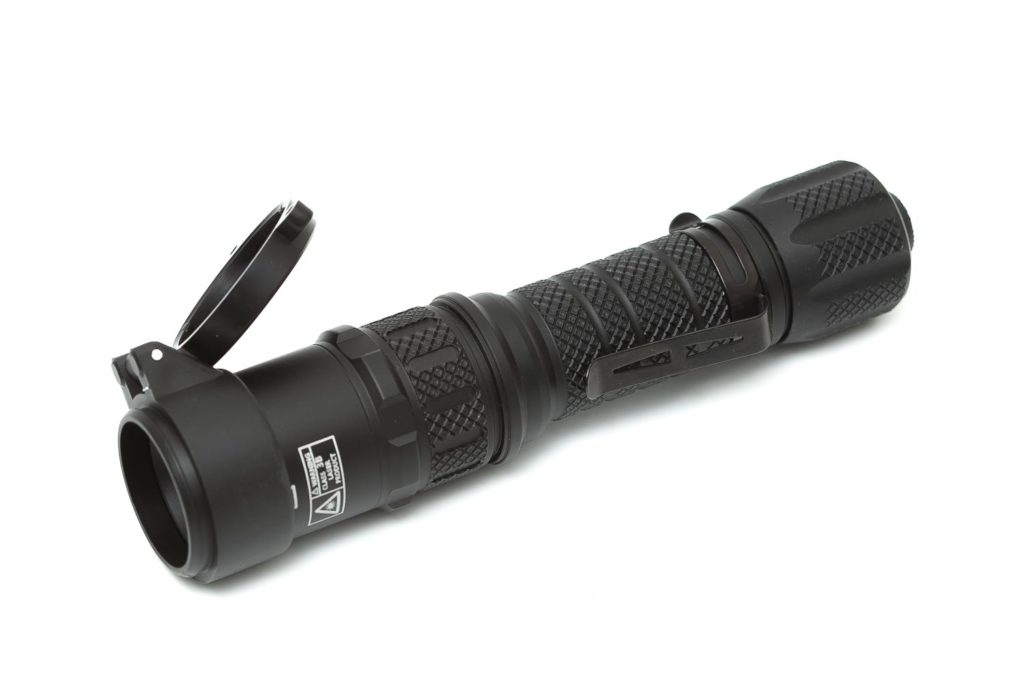
Dimensions:
- Length: 156 mm ( 6.14”)
- Head diameter: 32.95 mm ( 1.297 ”)
- Body diameter: 26.48 mm ( 1.042 ”)
Weight:
- Empty: 171.1 g ( 6.04 oz)
- With battery: 244.5 g ( 8.62 oz)
LEP Flashlights
Size compared to other LEP flashlights
From left to right: Acebeam W30, Weltool W4, Jetbeam RRT M1X raptor, Jetbeam M1X WP-RX, No-brand 26650 LEP, Nextorch T10L, Jetbeam RRT M2S, Jetbeam M2S WP-RX, Weltool W3 PRO, Fenix TK30, Nextorch T7L, Acebeam W10 gen2.
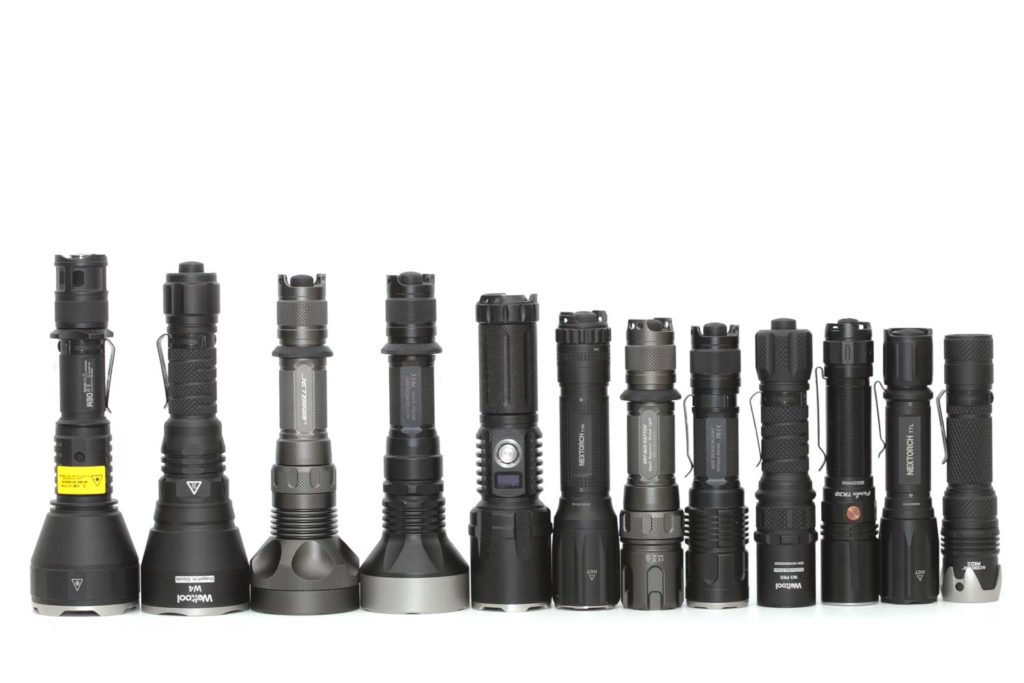
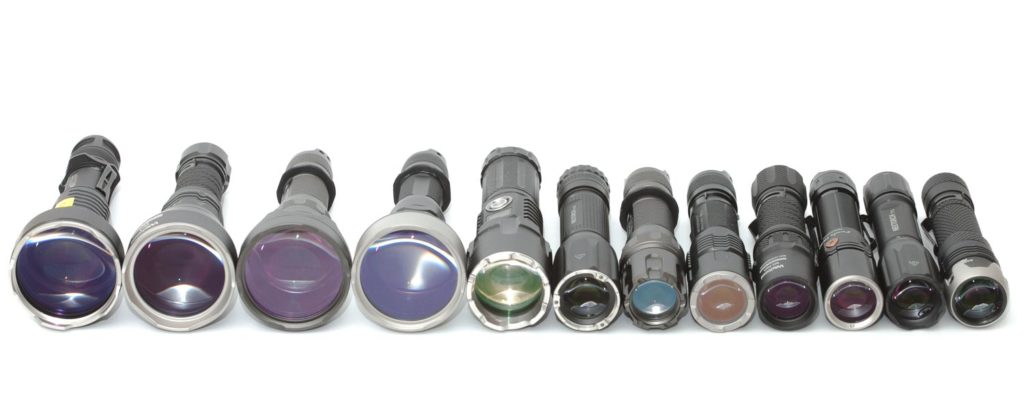
Driver & User Interface:
LEP drivers aren’t as advanced as the ones found in LED flashlights these days. Sometimes it’s really refreshing to see the simplest User Interfaces possible. The Weltool W3 has only 2 modes. High and Low. No hidden modes or strobe.
Available modes:
- High and Low
From OFF:
- Half-press: Momentary On (and change modes)
- Full single-click: High
From ON:
- Full single-click: Off
Mode memory:
- No, it doesn’t have any mode memory. It will always start in High.
- I like that since you just know in what position the light will start.
Blinky modes menu:
- None
Low battery warning:
- The light will start flashing with low battery voltage.
Lock-out mode:
- It doesn’t have an electronic side switch, so you don’t have any parasitic drain. For your own safety, you can unscrew the tailcap a half turn to break any electric loop.
PWM:
- Not visible by eye.
Batteries and charging:
Weltool includes a high-capacity 21700 battery. Its product number is: UB21-50. It’s a 5000mAh protected 21700 battery with a USB-C charge port. Not sure if you can charge USB C- USB C, but at least they included a normal USBA to USBC cable.
The specs on the battery say: 5V 2.0A, I could only get 1.3-1.5A. I upgraded my USB charger to a 3A one recently, in order to read higher numbers, but I couldn’t get past 1.5A on this battery.
During the charge, a little indicator LED is visible inside the positive side of the battery. There is a tiny hole with the indicator LED behind it. During the charge, it lights up red, and when finished it turns blue.
Since both, the tailcap and driver, use springs it also accepts flat top, unprotected batteries. Unfortunately, the battery doesn’t fit any of my chargers so I have to get a different charger in order to charge it faster.
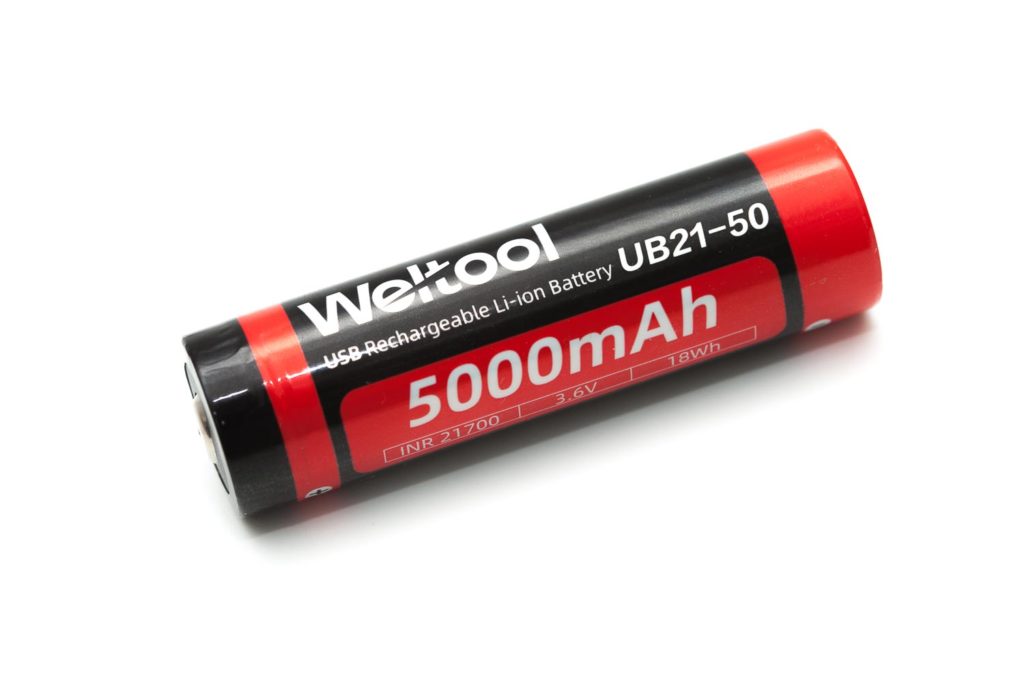
Performance:
Lumen measurements:
All output numbers are relative to my homemade Integrating Sphere. It is set up with an Extech SDL400 Lux Meter for measurements including a Kenko PRO1D ND-16 filter. The base measurement is done with a Convoy S2+ that has been tested at 255 lumens.
All of my readings were taken from a fully-charged Weltool UB21-50, 5000mAh 21700 type battery.
Amps were measured with a Fluke 77III, at the tailcap.
| Mode | Amp | specs | Measured at 30sec | At startup |
| high | 2.87A | 505 | 478 Lm | 490 Lm |
| low | 0.72A | 102 | 118 Lm | same |
Amps in high mode are difficult to measure. It starts off above 3A, but settles quickly around 2.5-2.8A within a matter of a second. Low mode is easy to measure at .72A.
Lumens are lower than specs but higher than the W4.
Runtime:
The runtime test was done with the 50cm integrating sphere, including the Kenko Pro1D ND-16 filter and Extech SDL400 data logging Lux Meter.
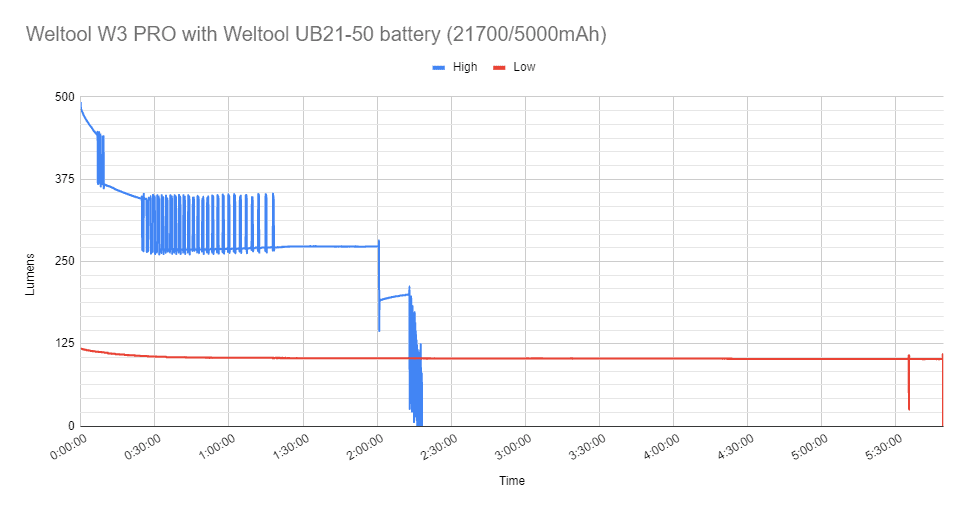
In the runtime graph you can see that High has some trouble keeping the output. This is probably due to the temperature sensor. The total runtime is about 2 hours and 15 minutes. This is longer than the 1 h 58 minutes in the manual.
Low is 5 hours and 49 minutes which is again longer than the 4h 55 min from its specs.
Here is another close-up of just the High runtime.
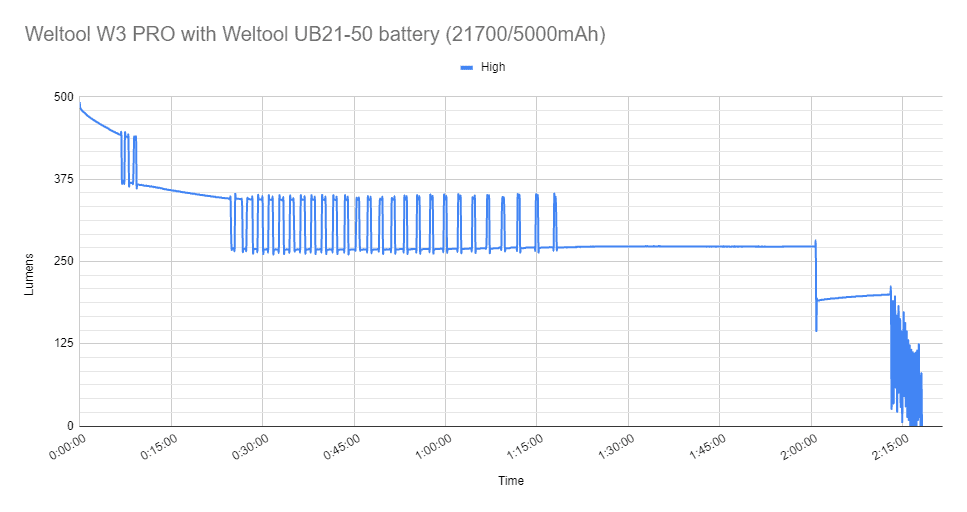
The runtime graph doesn’t look very pretty I admit. It would be great if it could hold the output longer without the ups and downs. Maybe the temperature sensor is a little too sensitive?
Throw measurement:
Measurements were taken both indoors and outdoors with a professional Hagner E4-X Lux Meter. I took measurements at 5m 10 meters and 20 meters. I will only show the measurements at 20m. The Lux Meter has come back from calibration so the old measurements may a bit lower.
My measurements are:
- High (20m): 363,600cd = 1206 m / 1319 yards
- Low (20m): 97200 cd = 624 m / 682 yards
Specs are 363,375 cd for high and 72000 cd for low. My measurements are on par for high, and better for low.
When you compare the performance with the Jetbeam M2S, Fenix TK30 and Nextorch T7L, you get the following graph.
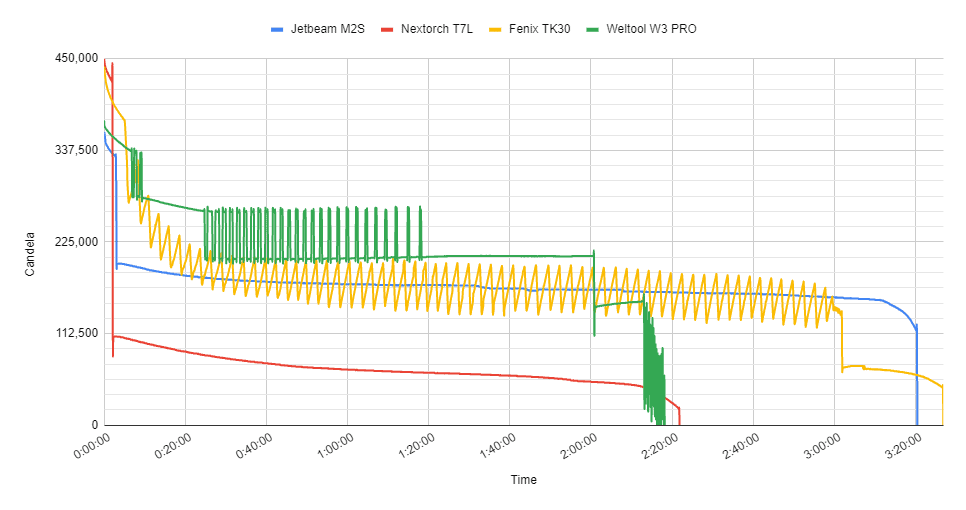
When you look at this graph you can see that for 2 hours, the Weltool W3 PRO is the best performer. At start the Nextorch T7L is performing the best. But the Fenix TK30 and Jetbeam M2S have a longer runtime.
Beamshots
For the following beamshots, I used a Canon EOS 5D Mk2 and a 100mm lens. manual settings: ISO1600, .5sec , F4, 5000K
The first tower is about 450 meters / 492 yards away. It’s hard to see any real winner, and you really have to look at the full runtime graph in order to tell a winner from a loser. The Nextorch T7L is doing pretty well at the start but doesn’t really perform very well during the rest of the runtime.
The second tower is 650 meters / 710 yards away, and just a bit too far to really see a great difference. The next set of pictures shows the difference at close range. And it looks like all 4 perform rather similarly in terms of hotspot size etc.
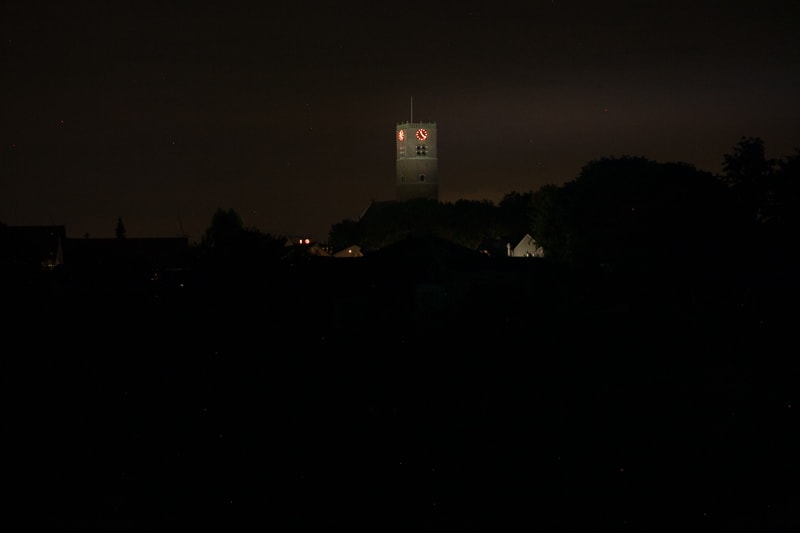
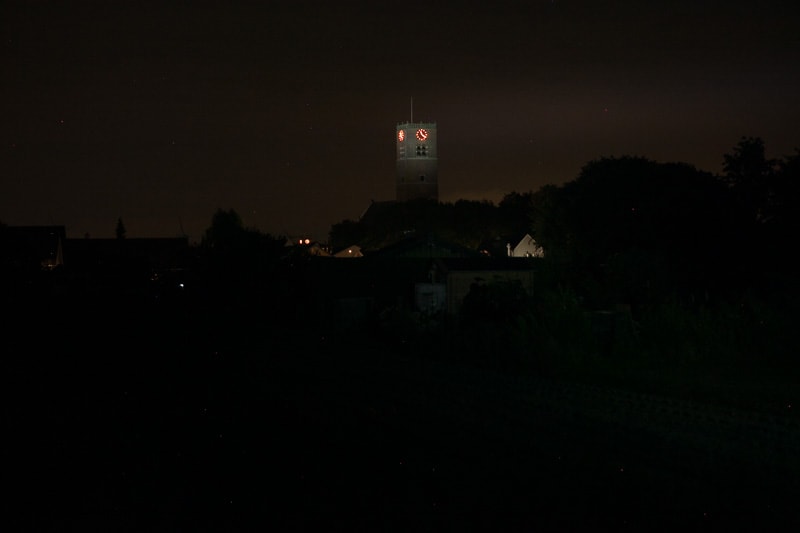
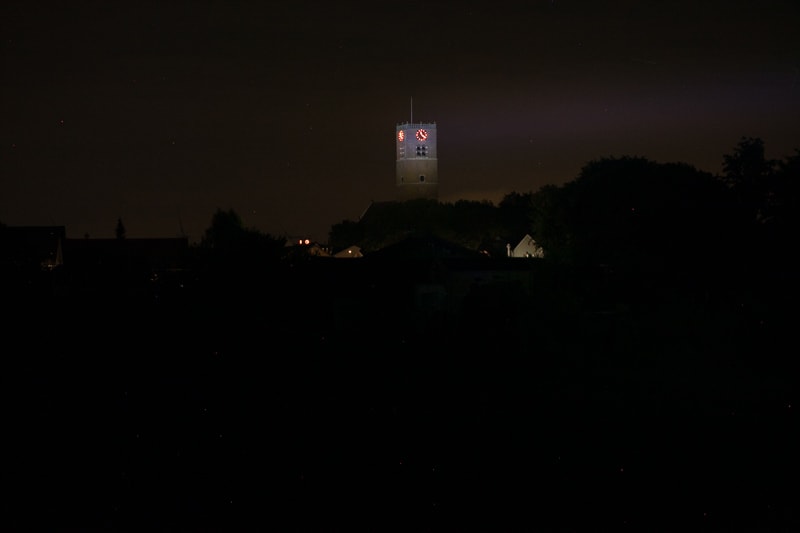
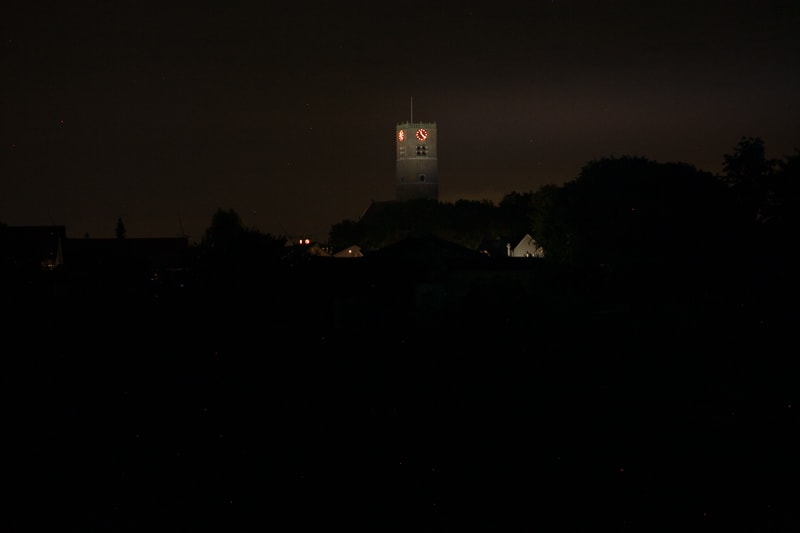
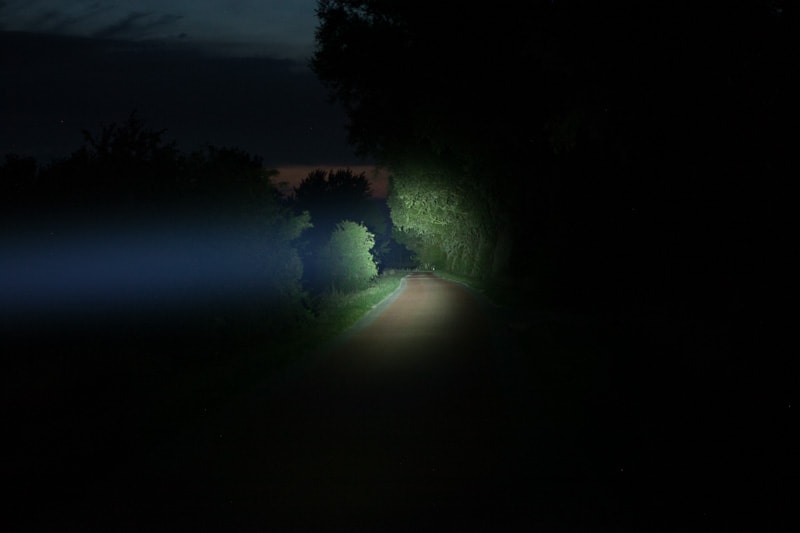
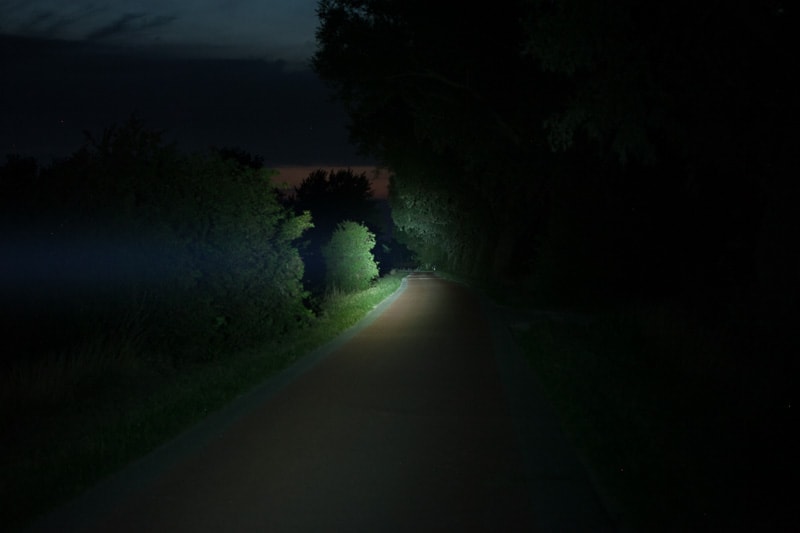

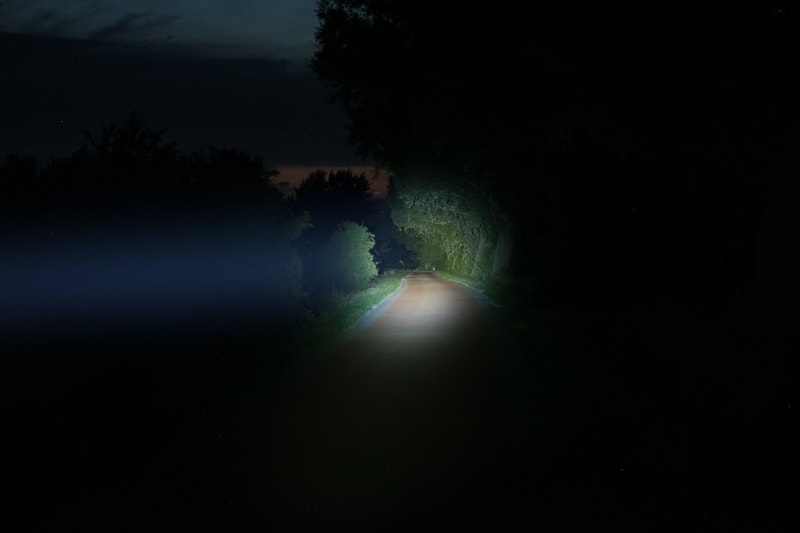
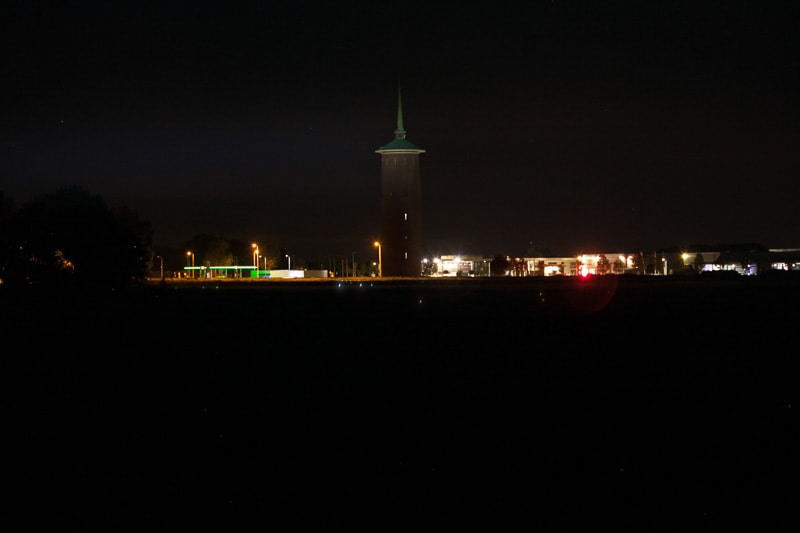
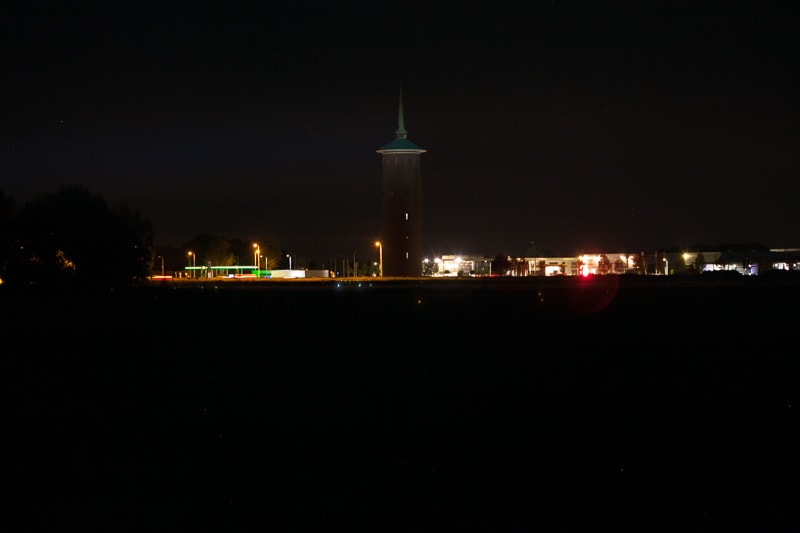
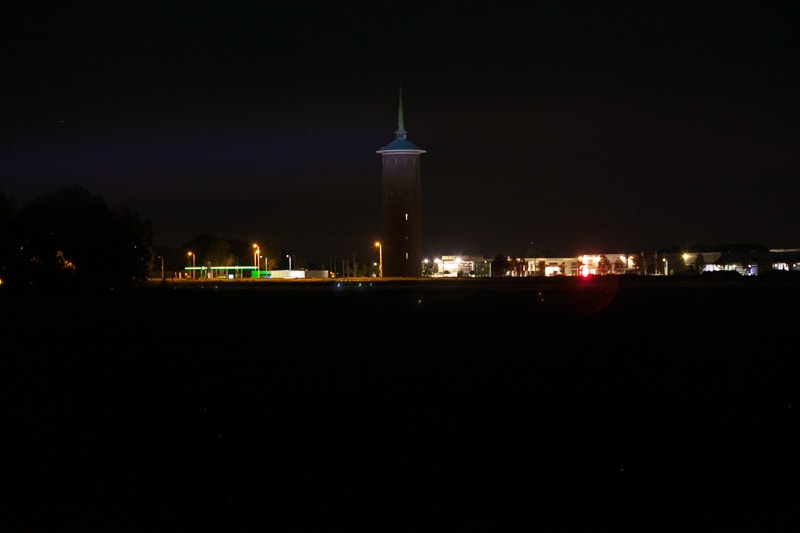
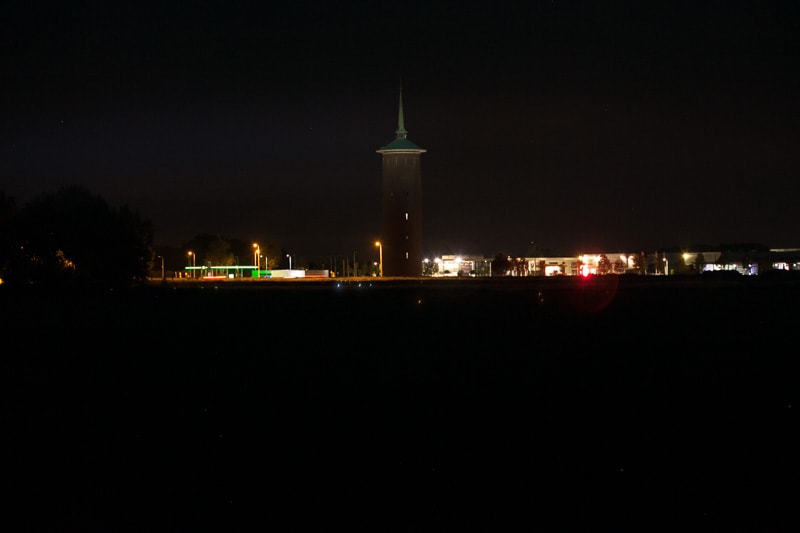
Disclaimer: This flashlight was bought from my own money. I have not been paid to review, nor have I been holding back on problems or defects.
Overall conclusion
Pros:
- Great knurling
- Excellent grip
- Lens protector included
- Simple UI, starts always in High (the most used mode probably)
- No PWM
Cons
- Unscrewing the tailcap can end up in unscrewing the head from the battery tube. Simple solution: hold on to the battery tube instead of the head while unscrewing, and tighten the head as much as possible.
- Would be nice to have a lanyard or holster included.
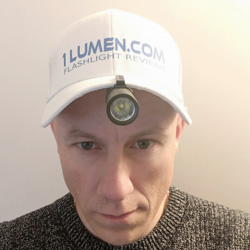
Rating: 5 stars ★★★★★
Nice design, great knurling, good performance. That is how I conclude this review. For all my reviews, these are meant to give you an impression on the light before you order one. If you are looking for an LEP flashlight and want good performance, consider the W3 PRO. Even in the lowest setting, you get about 80+ kcd for more than 5 hours. Don’t forget to checkout its new brother, the Weltool W3 Pro Tac.
Weltool W3 PRO for sale
Get extra discount at Nealsgadgets with our exclusive 1Lumen discount coupon: 1LumenLEP
1lumen selects and reviews products personally. We may earn affiliate commissions through our links, which help support our testing.
